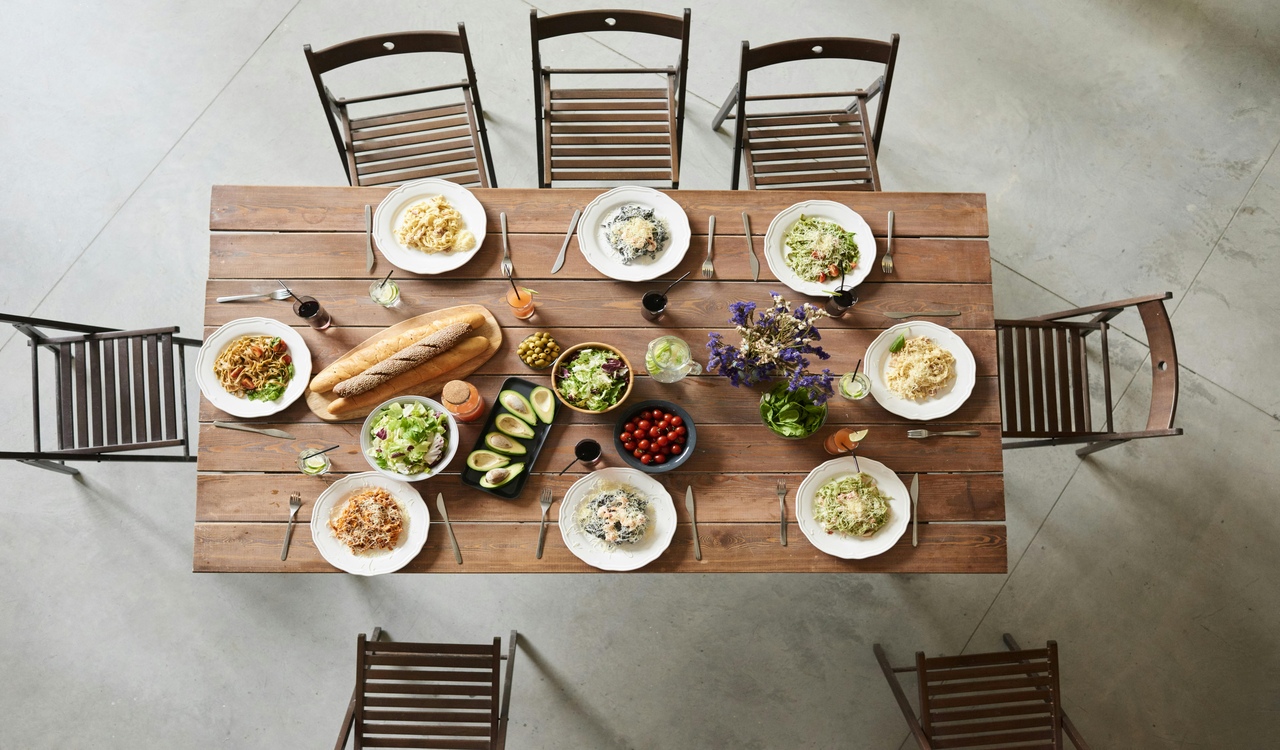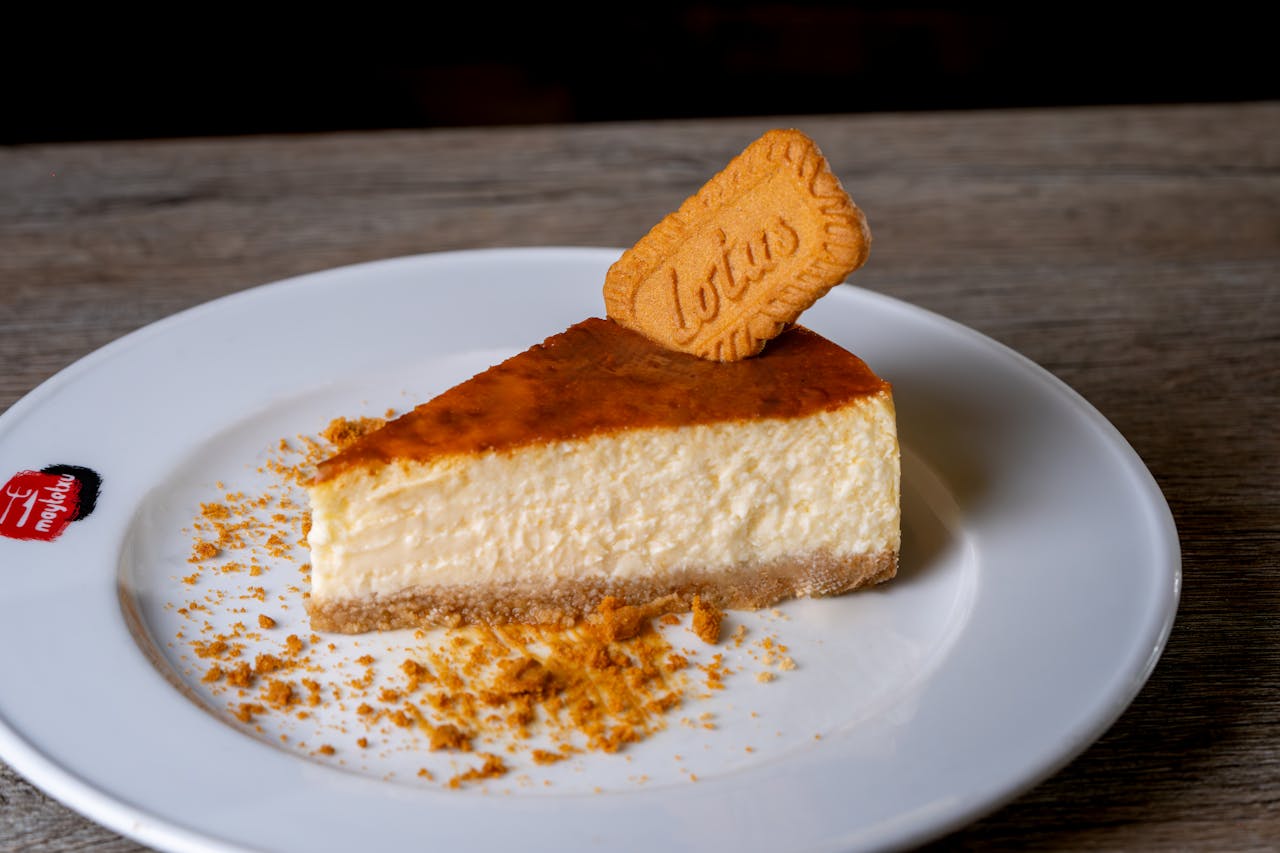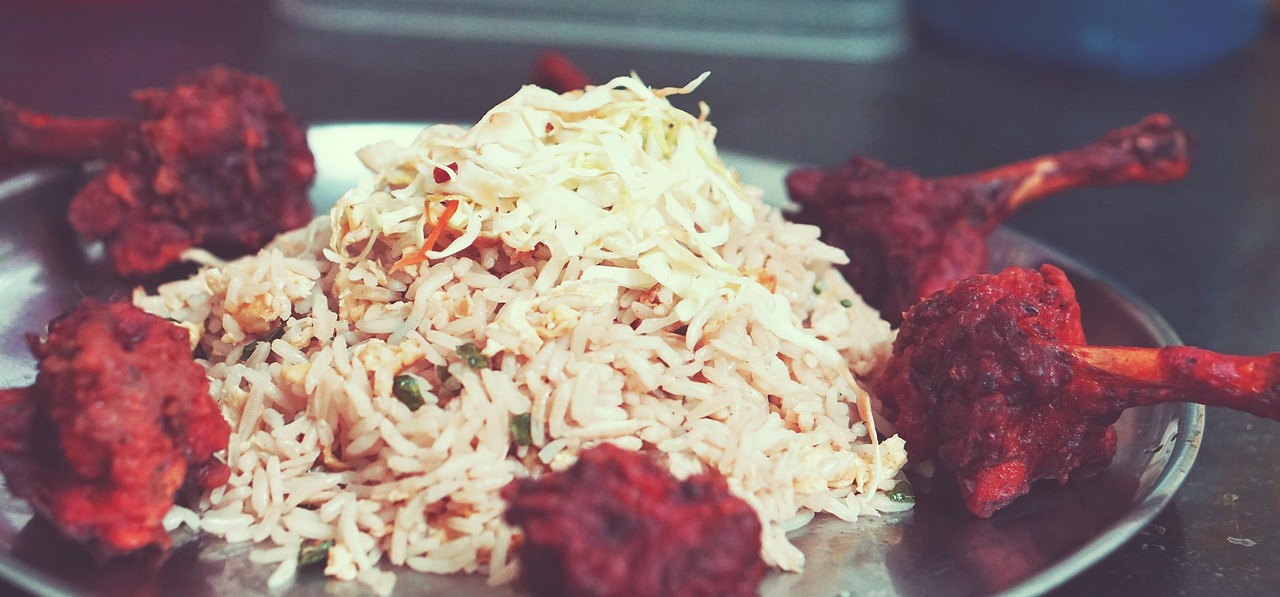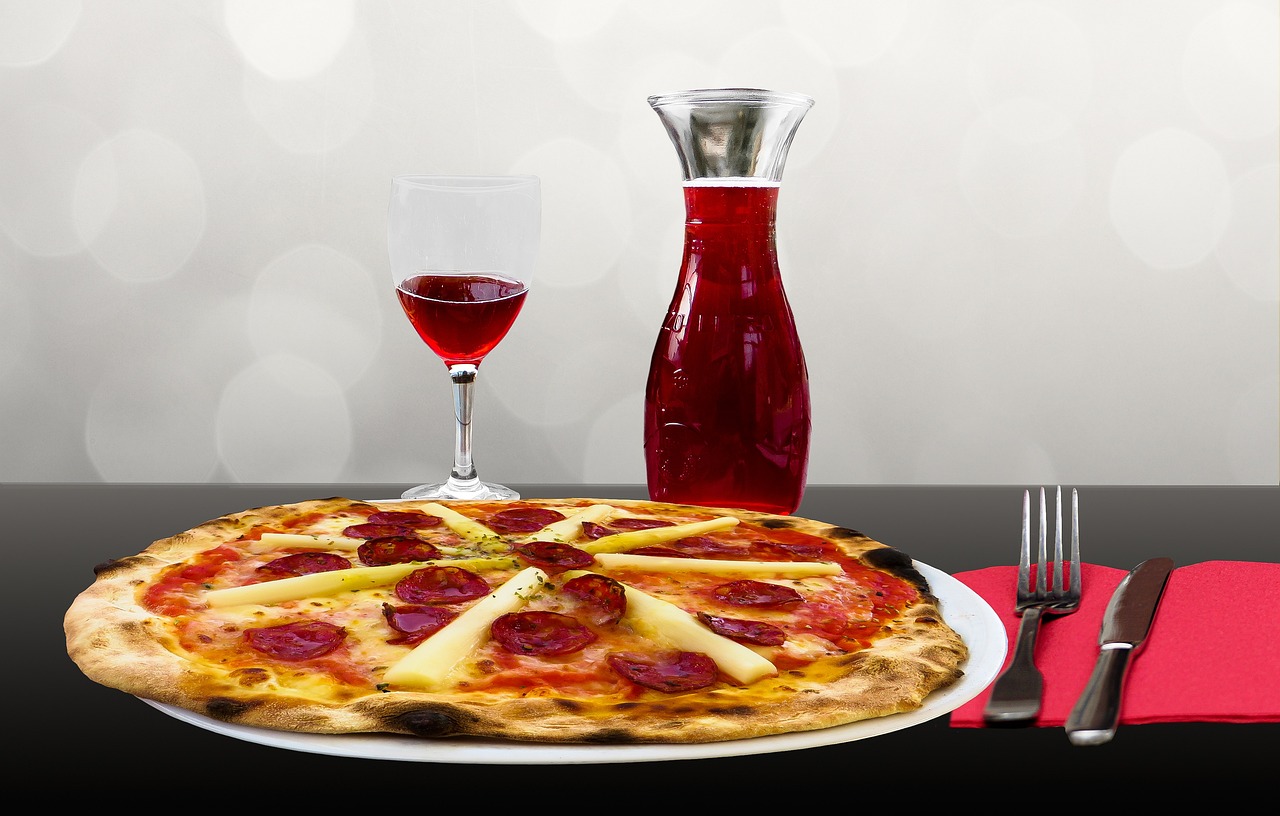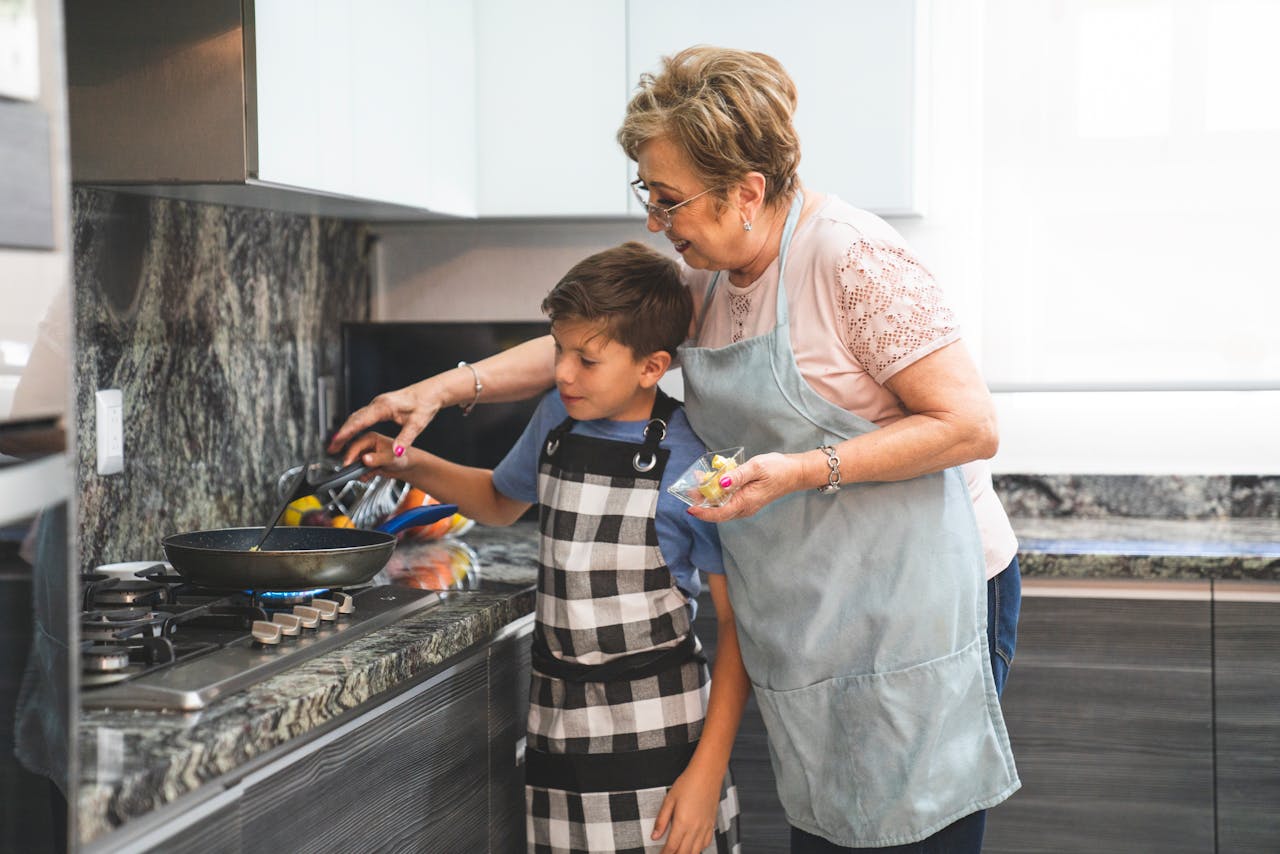Why Eggs Matter in Baking: The Science Behind Structure, Lift, and Moist Crumb
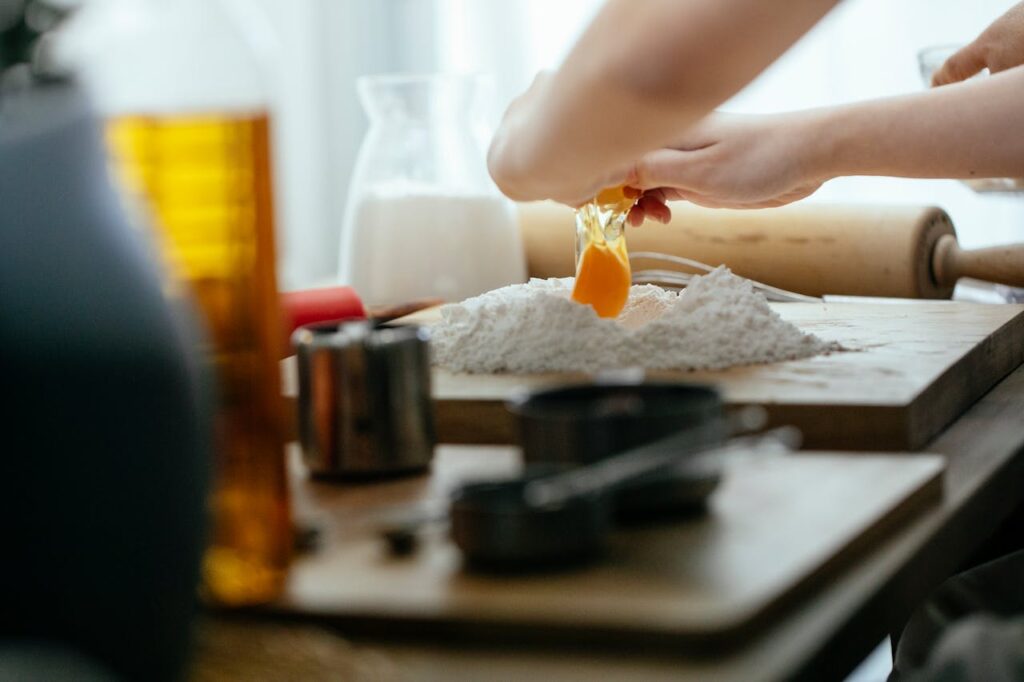
Eggs are a staple in baking, but they do much more than add flavor. They act as a binder, helping ingredients hold together and create structure.
Beaten egg whites trap air, providing lift and a light, airy texture in cakes and soufflés. Meanwhile, yolks add richness and keep batters smooth by emulsifying fats and liquids.
Whole eggs combine these roles, contributing moisture, texture, and even enhancing color through browning reactions.
Understanding how eggs work gives you the confidence to tweak recipes and achieve consistently delicious results every time.
Roles of Eggs in Baking
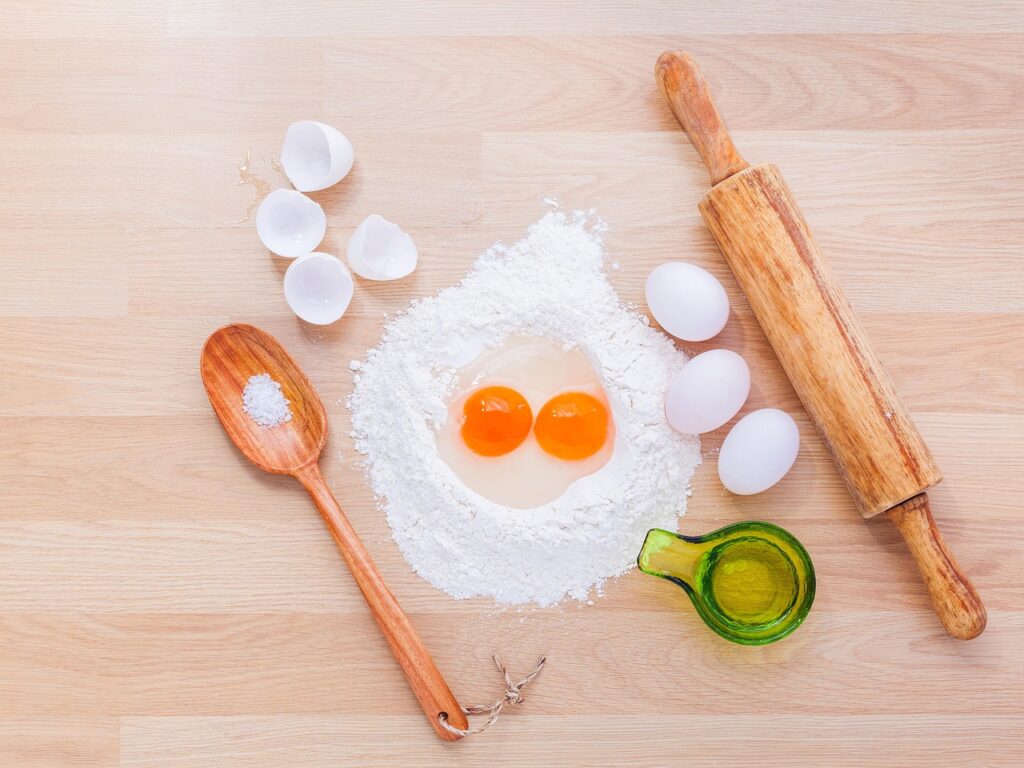
Eggs play multiple crucial roles in baking. Their proteins coagulate to provide structure and keep baked goods tender.
Whipped egg whites add lift and airiness, creating light textures in cakes and soufflés.
Meanwhile, yolks act as emulsifiers, blending fats and liquids smoothly to enhance moisture and richness. Together, eggs help your baked goods rise beautifully and achieve perfect texture.
Structure and Binding
When heated, egg proteins coagulate and form a network that supports the structure of cakes, cookies, and muffins. This network acts like scaffolding, holding the crumb together during baking.
The heat firms the proteins, preventing collapse and keeping baked goods tender rather than dry or crumbly.
Whole eggs are especially valuable because they provide protein, moisture, and emulsifiers all at once, making them essential for a variety of textures and recipes.
Leavening and Aeration
Beaten egg whites trap air bubbles that expand during baking, creating the light, airy texture in sponge cakes, soufflés, and angel food cakes.
This natural leavening complements chemical leaveners by providing initial lift and a finer, lighter crumb.
Mastering how to whip egg whites unlocks textures that other ingredients simply can’t achieve, elevating your baking to the next level.
Emulsification and Moisture Retention
Egg yolks contain lecithin, an emulsifier that blends fats and liquids into smooth, uniform batters. This keeps ingredients from separating, resulting in tender and moist baked goods.
Yolks also contribute fats and water, enhancing flavor, texture, and freshness.
When you want richness and moisture in your baking, yolks are essential for that perfect, melt-in-your-mouth experience.
Browning and Finish
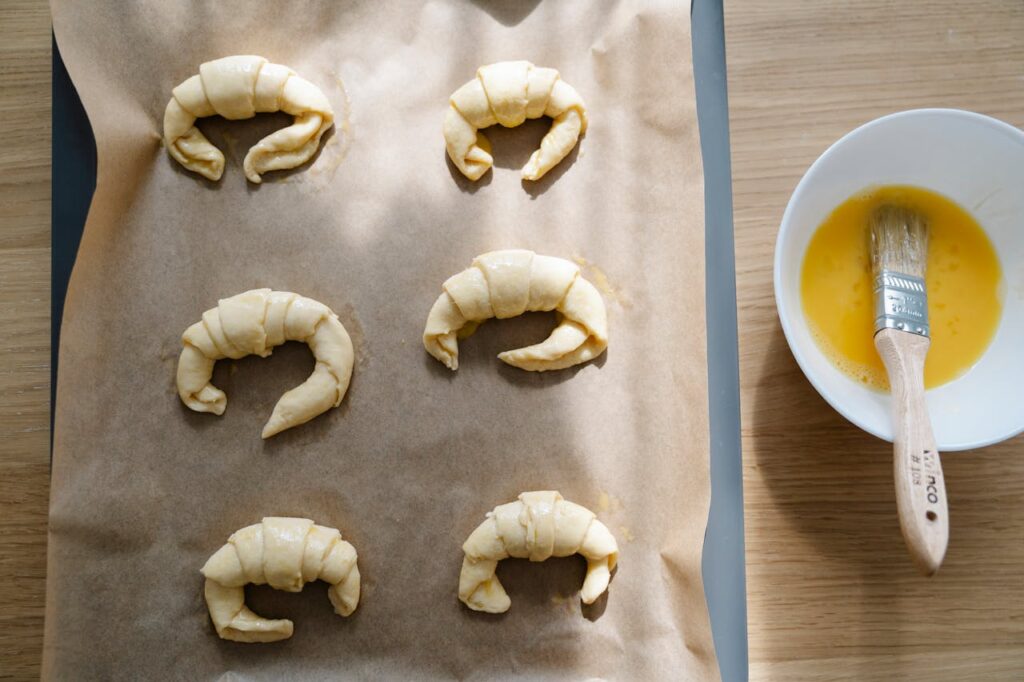
Eggs play a vital role beyond just texture and flavor; they also enhance appearance and mouthfeel.
Maillard Reaction and Shine
Egg proteins react with sugars during baking, creating the Maillard reaction that produces golden-brown crusts and rich flavors.
Brushing an egg wash on before baking adds shine, locks in moisture, and enhances texture on breads, pastries, and pies.
This simple step transforms homemade bakes into visually stunning and delicious showstoppers.
Practical Baking Insights
Here’s the thing; making the most of eggs in baking requires understanding when and how to use their different parts:
Don’t skip using room-temperature eggs in recipes that rely on aeration; they whip better and trap more air, leading to superior texture.
Use beaten egg whites when you want lightness and lift, as in sponge cakes or meringues.
Use yolks for moisture, richness, and emulsification, ideal for custards or richer batters.
Whole eggs give you balance, contributing to structure, moisture, and flavor in everyday baked goods.
Eggs are the unsung heroes of baking. Their unique proteins and fats collaborate to build structure, provide lift, retain moisture, and create golden, flavorful crusts.
With this knowledge, you can bake with purpose and confidence, tweaking recipes to perfection. So next time you crack an egg into your batter, remember; it’s doing far more than you think.
References
- What Is the Role of Eggs in Baking? – Nellie’s Free Range Eggs
- What Eggs Do In Baking & How It Impacts Your Baked Goods – Food Above Gold
- The Technical Role of Eggs in Baking: A Deep Dive – Puratos


